(NLDO) - The new discovery of two ferocious dinosaur species in Australia, including the species nicknamed "Hug of Death", has left scientists baffled.
Researchers in Australia have discovered fossils of two giant predators that lived together in a way that upsets previous sketches of how dinosaur ecosystems functioned 120 million years ago, Live Science reports.
The first species is the largest Megaraptor ever found, identified as the top of the Cretaceous food chain in this area.

Megaraptor (right) and Carcharodontosaur dinosaurs once coexisted in what is now South Australia, with their ecological roles reversed - Graphic image: VICTORIA MUSEUM
Paleontologist Jake Kotevski from the Museums Victoria Research Institute and Monash University (Australia) said this dinosaur lineage was called "Death Hug" because of the way they hunted with their muscular forelimbs.
This 6-7 m long dinosaur literally put its prey in a death hug, before eating it.
They lived in the ecosystems of Australia and South America, two continents that were once connected via Antarctica, forming an ancient southern supercontinent of the planet called Gondwana.
The second dinosaur was a Carcharodontosaur, also a formidable carnivorous monster.
Carcharodontosaur fossils in Australia reveal something strange: It was only 4 meters long, significantly shorter than its close South American relatives, which grew to 13 meters long.
So the scientists concluded that Australia had what they described as a “reversed dinosaur ecosystem.” This is because Carcharodontosaurs and Megaraptors had switched roles in this particular region.
Carcharodontosaurs did not maintain the giant size they had elsewhere, so instead of becoming "kings of the jungle" like in the Cretaceous forests of South America, Carcharodontosaurs here were only secondary predators.
Meanwhile, Megaraptor was at the top of the food chain.
The fossils were found in the upper Strzelecki Rock on the Victoria coast of South Australia.
During the Cretaceous period, the area was the shore of a large river, comparable to the Ganges or the Amazon today. But geological processes have caused the river to disappear completely.
Today, South Australia is quite cold because of its proximity to Antarctica, but during the Cretaceous period the climate was much warmer. As a result, these two fearsome predators lived in an environment rich with flora and fauna, enough to coexist.
Source: https://nld.com.vn/cai-om-tu-than-tiet-lo-the-gioi-khung-long-dao-nguoc-o-uc-196250228095809145.htm



![[Photo] Prime Minister Pham Minh Chinh receives delegation from the US-China Economic and Security Review Commission of the US Congress](https://vphoto.vietnam.vn/thumb/1200x675/vietnam/resource/IMAGE/2025/5/7/ff6eff0ccbbd4b1796724cb05110feb0)
![[Photo] General Secretary attends the parade to celebrate the 80th anniversary of the victory over fascism in Kazakhstan](https://vphoto.vietnam.vn/thumb/1200x675/vietnam/resource/IMAGE/2025/5/7/dff91c3c47f74a2da459e316831988ad)

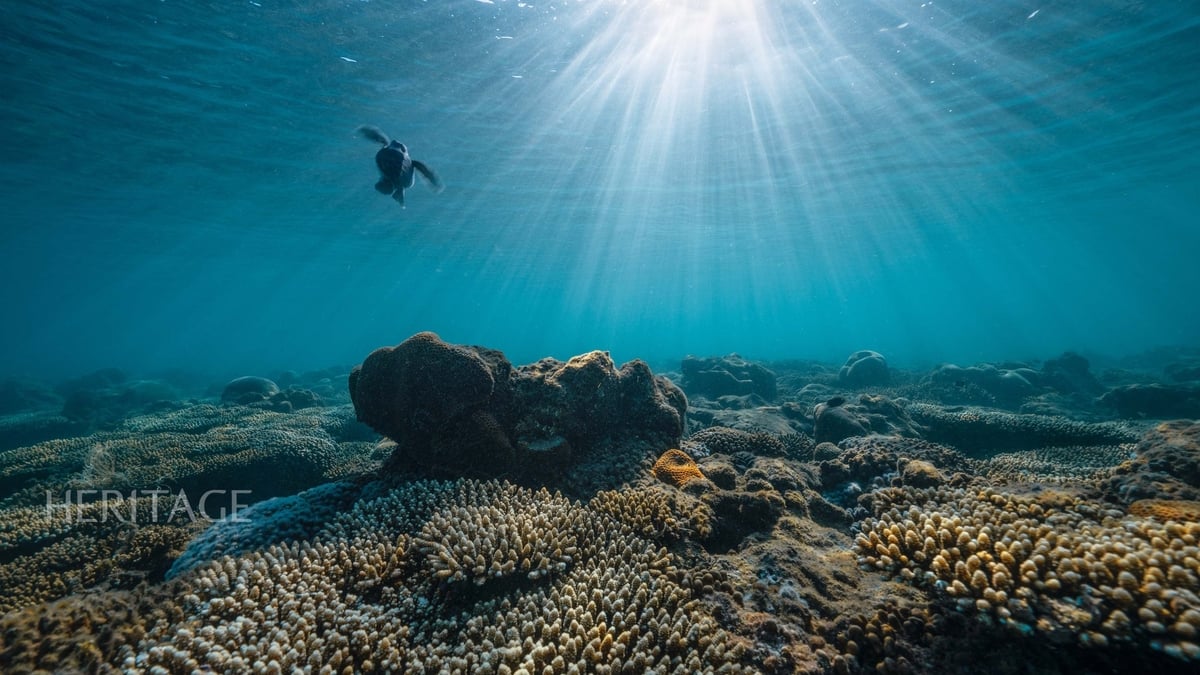
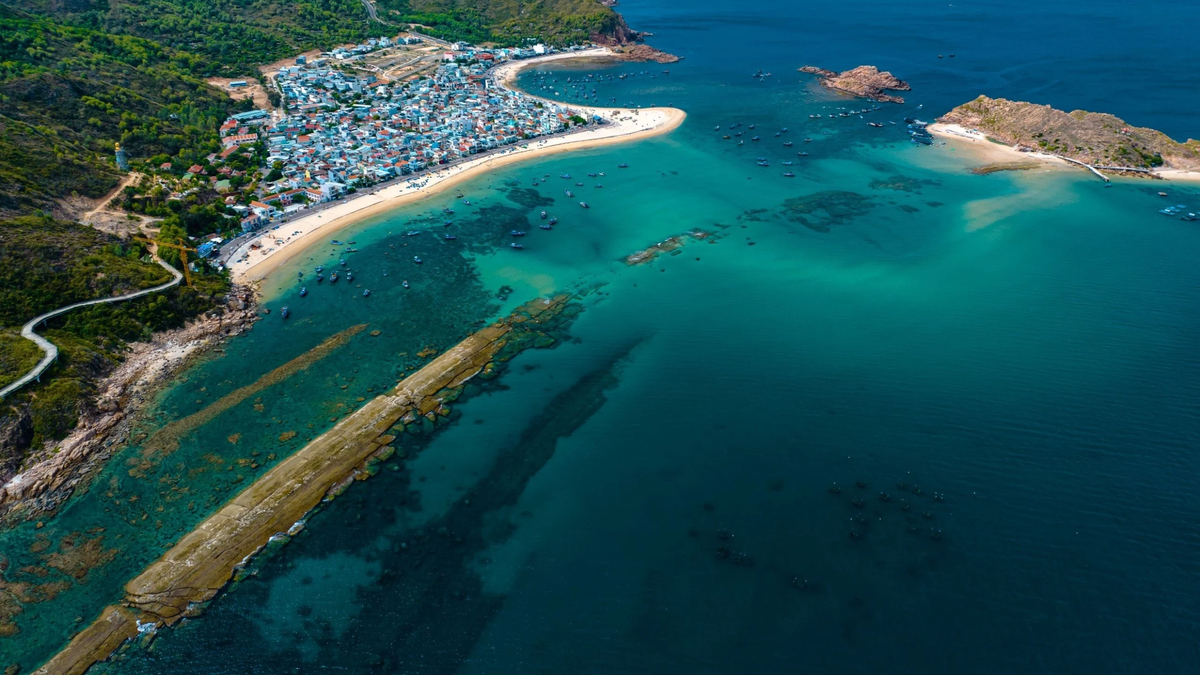


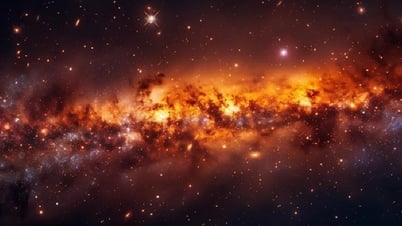
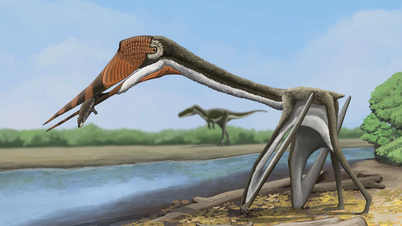


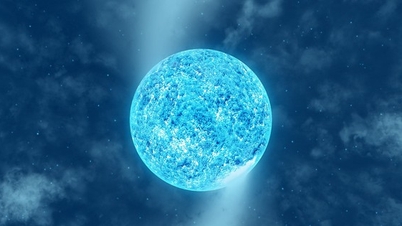









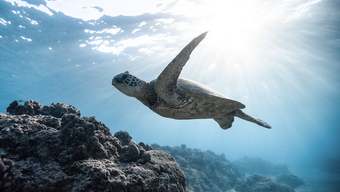






![[Photo] Sparkling lanterns to celebrate Vesak 2025](https://vphoto.vietnam.vn/thumb/1200x675/vietnam/resource/IMAGE/2025/5/7/a6c8ff3bef964a2f90c6fab80ae197c3)
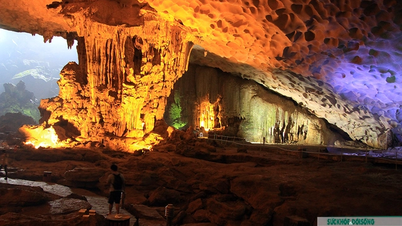

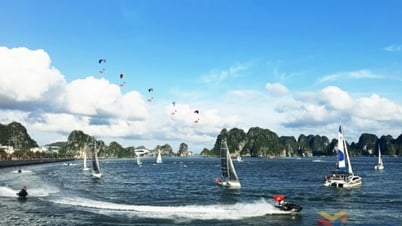



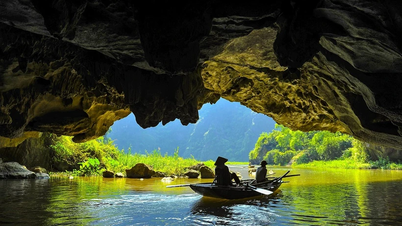



























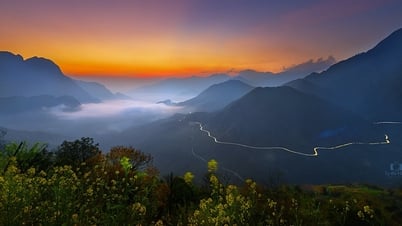




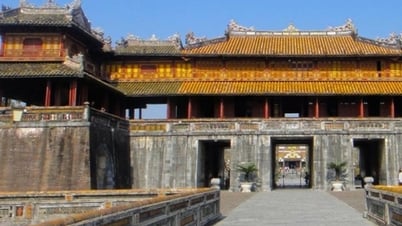























Comment (0)